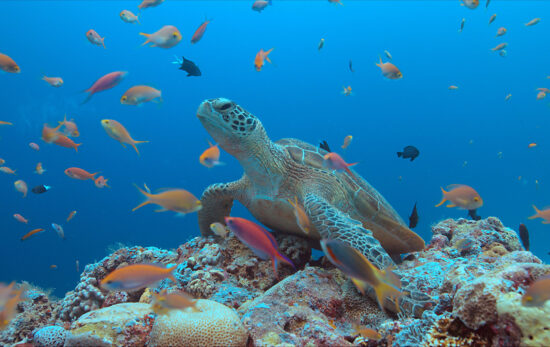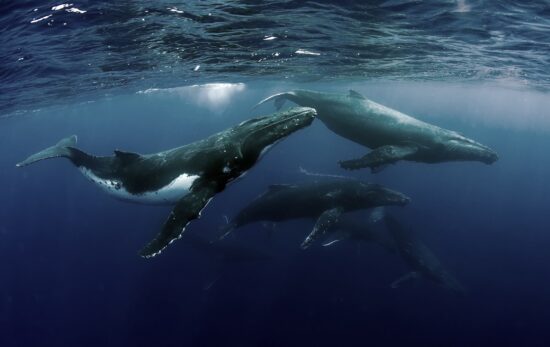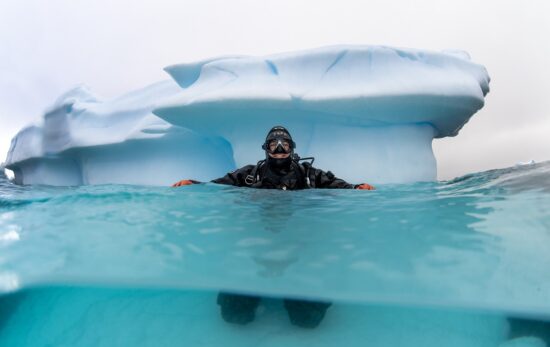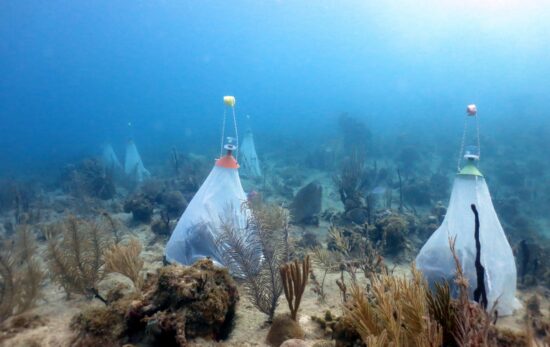We are calling on all PADI torchbearers to help survey the Great Barrier Reef!
For a second time, we have partnered with Citizens of the Great Barrier Reef on the Great Reef Census, a groundbreaking citizen science project which aims to survey the entirety of the Great Barrier Reef (GBR) — and we need your help!
It doesn’t matter whether you’re in Australia or on the other side of the world, anyone with a few spare minutes and access to an internet-connected smartphone or computer can play a part in this important conservation initiative. Through on-screen analysis, volunteers can provide scientists with key information about the current state of the Great Barrier Reef and play a key role in the implementation of future environmental protections.
What’s more, this year things are getting competitive. Online leaderboards will make it possible to see which volunteers have processed the most images. Furthermore, participants can also compete as part of their organization — which is why we need you to step up.
Interested in getting involved? Then check out this ‘how to’ video to get started!
A Little Background on the Great Reef Census
With two previous years of census experience to build on, the major objective of this year’s project is expansion. By covering more priority reefs across a 2,300 km stretch of the GBR, the hope is to solidify the science and prove the conservation impact of this ground-breaking program.
During the initial, image-capturing segment of the two-part process, more than 50 vessels were utilized to transport hundreds of snorkelers, divers and in-water volunteers. Reconnaissance surveys were carried out on hundreds of reefs stretching from the Torres Strait in the far north to Lady Elliot Island in the south. This also covered priority reefs across all 11 sectors of the Great Barrier Reef.
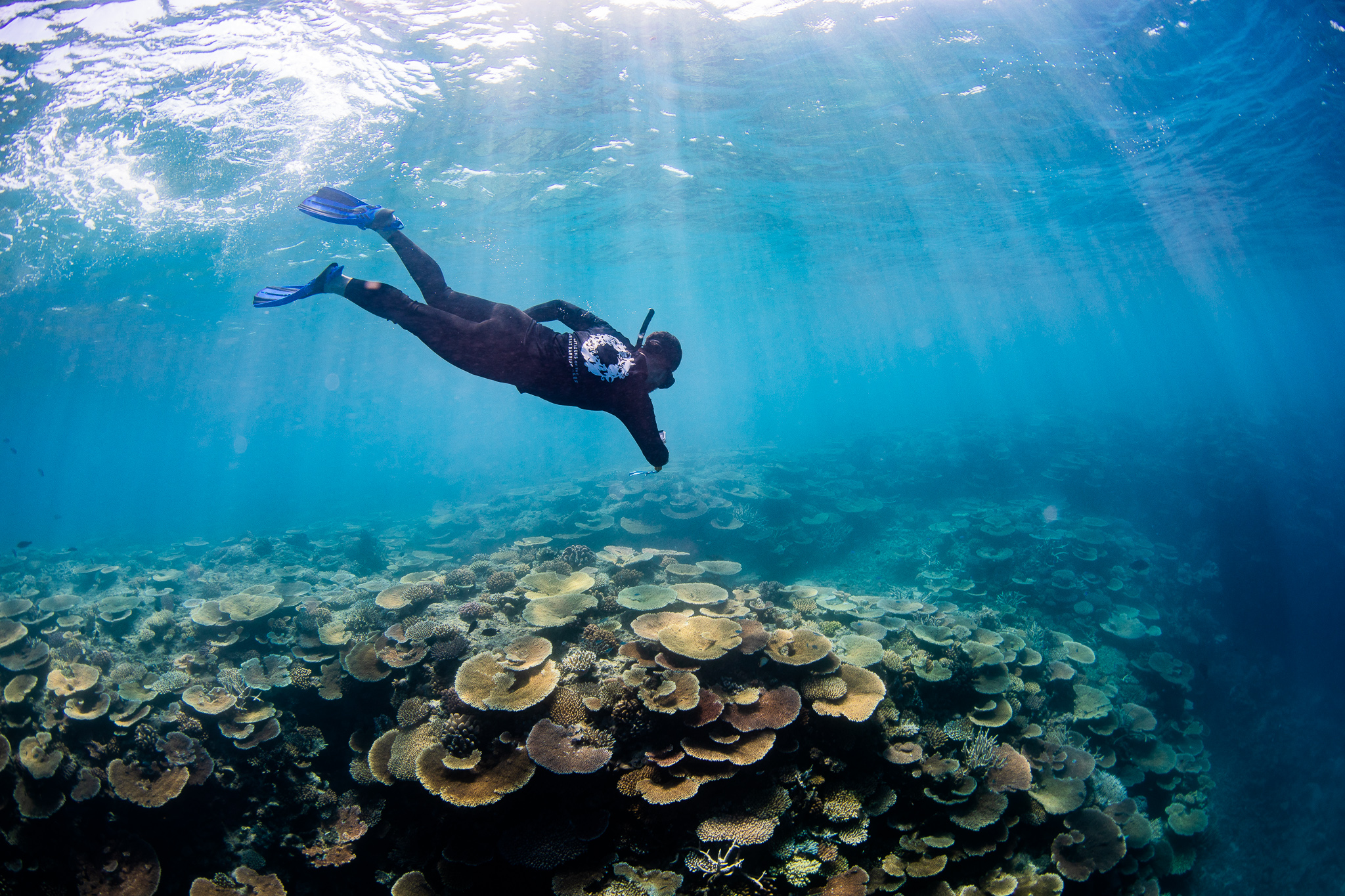
The in-water operations for this year’s Great Reef Census concluded in early 2023, with notable achievements including:
- Surveying 3,230 sites across more than 510 individual reefs
- Generating more than 75,000 images to create one of the largest ever broadscale reconnaissance pictures across the GBR.
In addition, the total number of reefs surveyed is now equivalent to 15% of all reefs within the Great Barrier Reef Marine Park. Previous to the Great Reef Census’s inception, as little as 5% of the GBR reefs were surveyed regularly.
Thanks to the continued support from project partners, the Great Reef Census has been able to push out to more remote yet crucial parts of the reef never surveyed before. This has also helped lead to the development of some truly advanced analysis techniques which take centerstage in the second, data analysis part of the process.
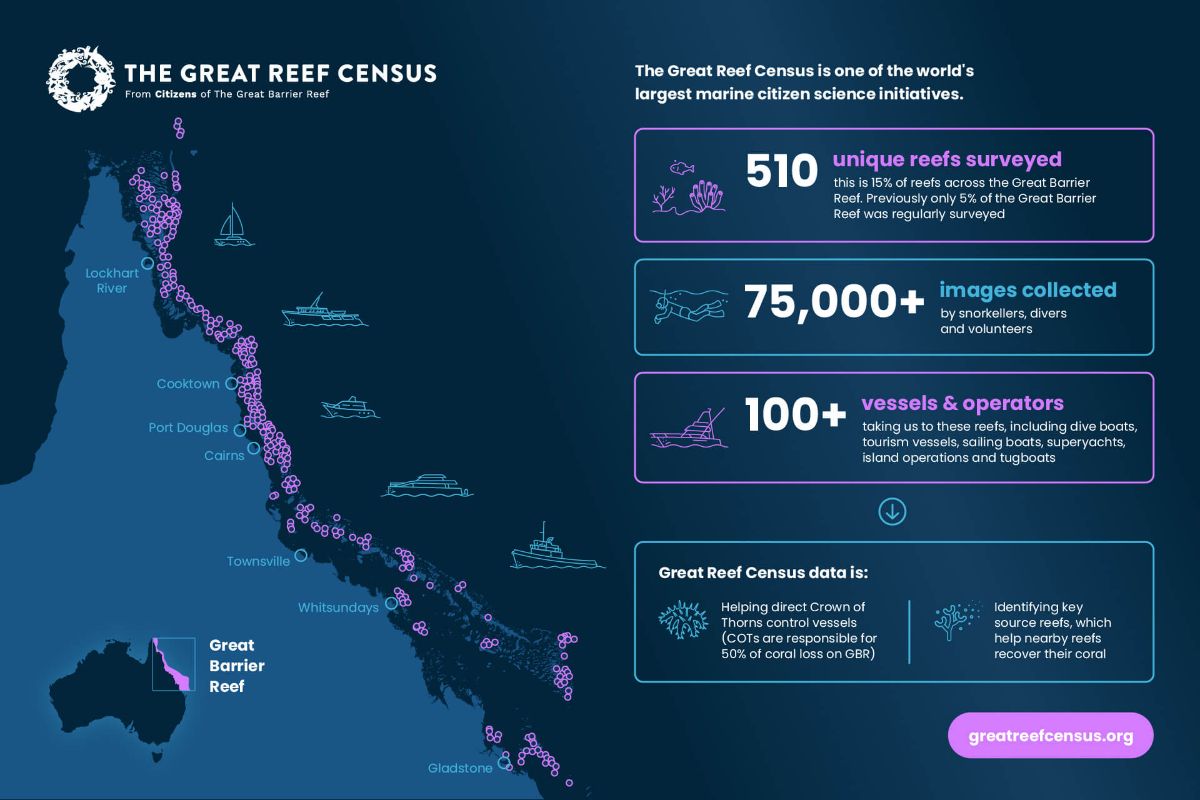
A Next-Generation Analysis Platform
In tandem with the marine operations, Citizens of the Great Barrier Reef has been creating and refining a next-generation analysis platform to better allow citizen scientists across the world to help in the verification of crucial coral identification on Census images.
As volunteers will find out for themselves, the advanced, user-friendly technology that has been developed by DELL Technologies makes the coral labeling process quick and simple. Better yet, once images have been analyzed, scientists can easily see how the reef is changing year-on-year and better direct protections to reefs within the Marine Park. In fact, this process is helping to save the Great Barrier Reef right now.
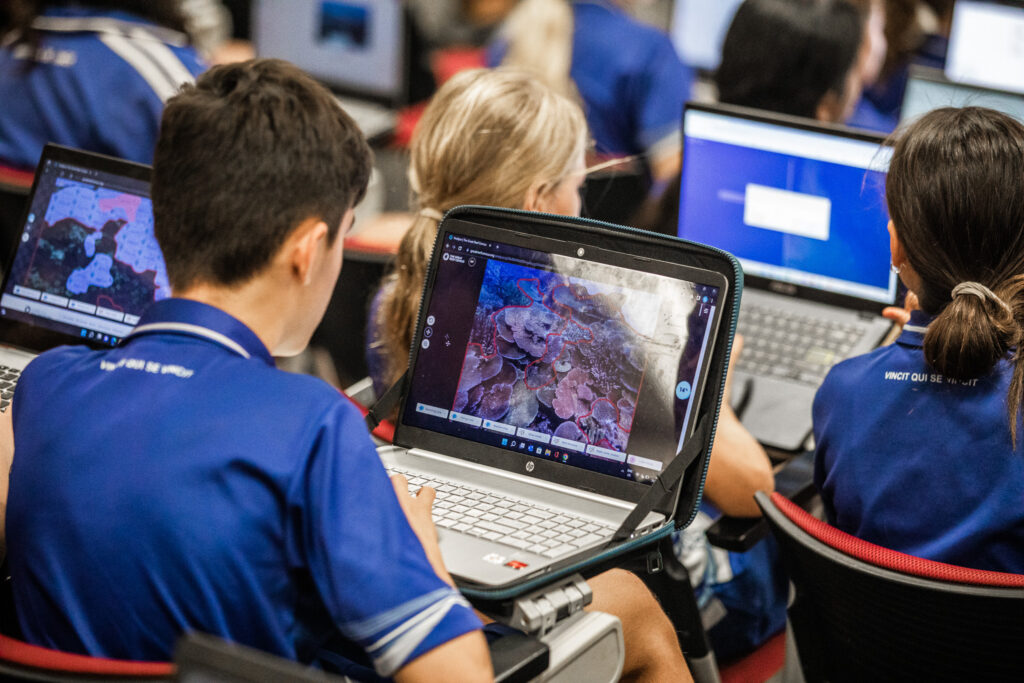
Already Making a Difference
Using the data collected during the previous years of the Great Reef Census, scientists have been able to implement practices to better protect the reef. Examples of this include:
- Directing Crown of Thorn Control Vessels – Crown of thorns, or COTs, are currently responsible for as much as 50% of the coral loss on the reef. Thanks to the work of the Global Reef Census, vessels targeting the removal of COTs have been able to focus on removing the nuisance species from the worst affected areas.
- Identifying Key Source Reefs – Source reefs play a key role in helping surrounding reefs recover. By identifying these reefs through the Global Reef Census, they can be given the highest level of protection.
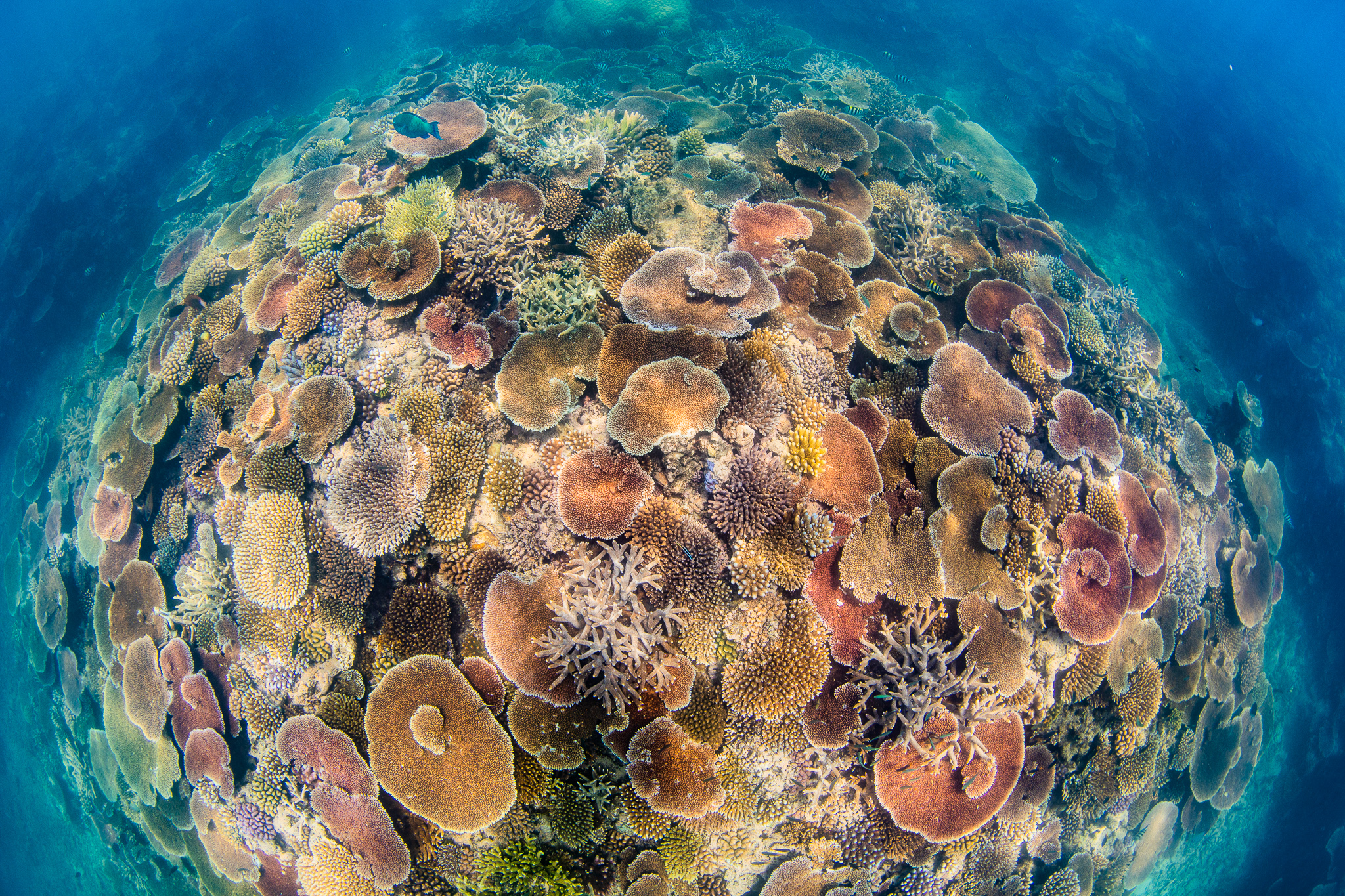
A Truly Ground-Breaking Project in Conservation
The combination of citizen science manpower and the advanced analysis techniques has allowed the Great Reef Census to solidify its place as one of the world’s largest marine surveys in both the quality of the data collected and geographical scale of its operations.
As Katie Thompson, Global Director, CSR, PADI Worldwide puts it, “It truly does take all global citizens taking action, both above and below the surface, to create positive change for the ocean and the Global Reef Census is the perfect testament of how working together drives meaningful impact that affects all of us. The health of the Great Barrier Reef is critical to maintaining a healthy planet, and anyone from Canada to Australia, can turn their passion into purpose by getting involved in this year’s Great Reef Census analysis campaign.”
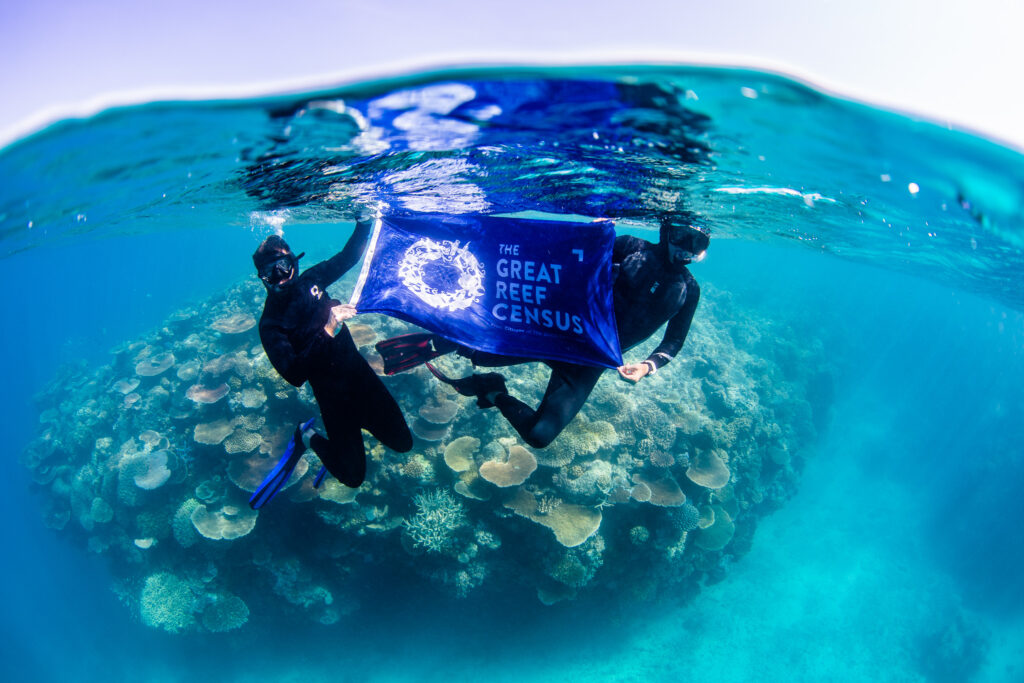
Ready to join team PADI and start analyzing? Below, you’ll find a step-by-step guide for how to participate in this year’s Great Reef Census.
How You Can Help Survey the Great Barrier Reef
- First, head to https://greatreefcensus.org/event/padi. Here you’ll see the PADI dashboard for the Great Reef Census campaign, including the top-ranked PADI Dive Volunteers and the accumulated stats of our participation.
- Click ‘Sign In’ and fill in your details, including your name, email, and location. Make sure you see @PADI selected here too.
- Click ‘Analyse a Photo’ to go to the Analyse and Discover page. Here you can watch a short video and learn about what coral categories you’ll use to label images from the Great Reef Census.
- Once you’re coral ID-ready, click ‘Get Started’ and your first Great Reef Census image will load.
- Q1 of the platform will highlight a part of the photo. Simply click one of the seven options to label that part of the image.
- If you’re unsure, you can always click “I don’t know” but we strongly encourage you to have a punt even if you’re not 100% sure. These images will be analyzed multiple times! Once all the polygons have been labeled, you can click ‘Next’ to go to Q2.
- Q2 requires you to view the same image you’ve just labeled and decide what the dominant coral type is. Once selected, click ‘Next’ to go to Q3.
- Q3 asks you to select one of five options to describe the level of coral cover you see on the reef structure. Ignore any water, sand or hard to see areas. Simply focus on what’s on the reef. Once selected, click ‘Next’ and a pop-up will appear.
- From here, you can either head to your personal dashboard or analyze another image. Our goal is to have every PADI Diver analyze at least five images — but there’s no need to stop there! If you’re shooting for the top of the leaderboard, keep going and see how many you can do.
- Finally, Thank you for using your eyes and time to help protect the Great Barrier Reef!
Some Handy Tips to Remember
- Don’t feel pressure to “get it 100% right” – Each image will be analyzed multiple times. This means the researchers won’t be relying on your analysis alone.
- A streamlined process – If you took part in the analysis of Great Reef Census images in 2021, you will notice the process is much simpler and requires no drawing. We’ve utilized an AI model developed with DELL Technologies to help citizen scientists like you to label these images faster and with greater accuracy.
- Sometimes images can’t be analyzed – It’s possible an image is not suitable for analysis. If you can’t make out the reef, any coral or it’s too blurry, simply click “Bad Image” and another will load.
- You’re not alone – There are a number of experts helping with the analysis, too. The Great Reef Census uses the images they analyze to compare and learn where citizen scientists can be most effective in labeling these images.
- It gets easier – With every image you complete, you’ll hone your analysis skills. Don’t be afraid to return to previous photos via your unique User Dashboard and edit anything you might have labeled incorrectly – it will both improve the data as you become a Great Reef Census expert!
You can also view the current top-ranking volunteers and our accumulated participation stats by heading to the PADI dashboard of the Great Reef Census campaign!
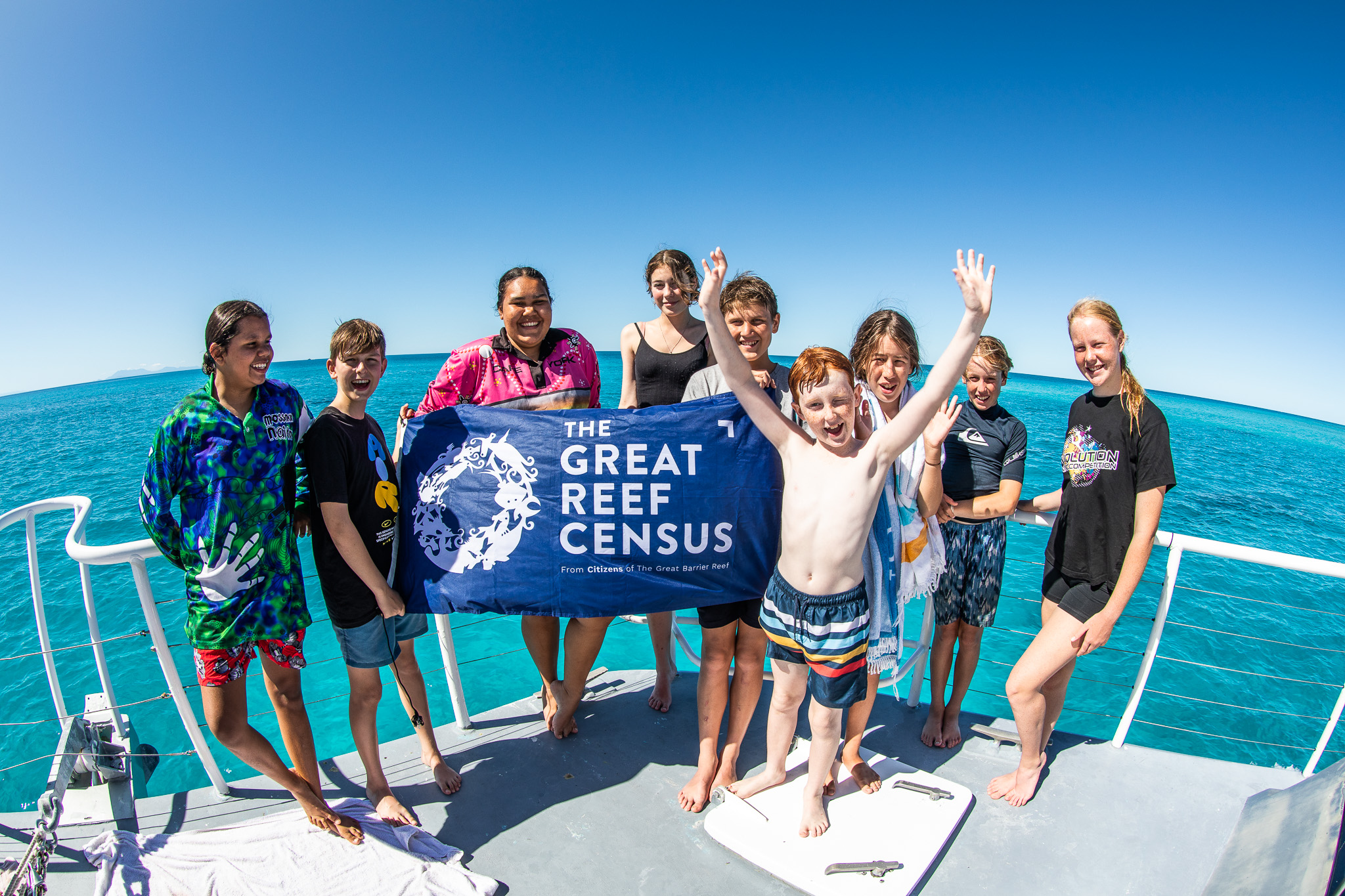
Not a PADI Ocean Torchbearer yet? Pledge to help save the ocean here in order to join our community of ocean advocates and start making a difference today! You can also join the Torchbearer Facebook group to stay up to date with everything going on.

